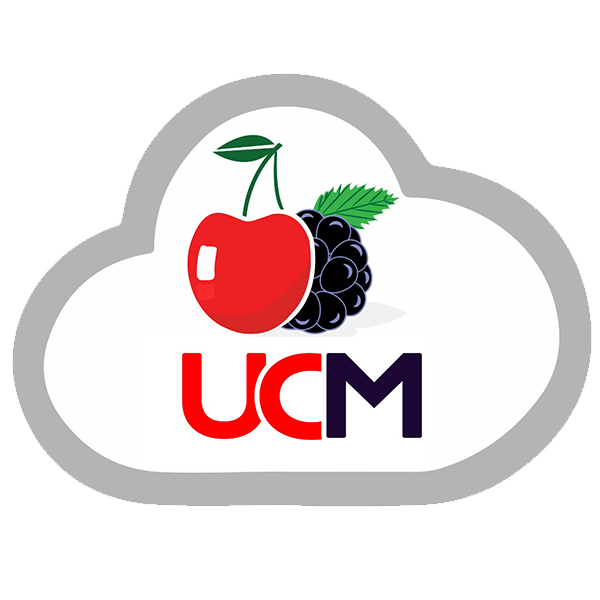Fast and reliable communication connection serves as a vital source for the prosperity of any organisation in this digital age. Organisations aspire to effortlessly link workers, partners, and consumers irrespective of their physical location. Unified Communications Manager (UCM) has evolved as an effective approach that combines numerous communication technology resources into one unified interface to meet this need.
Now, we will examine the different features and advantages of UCM, focusing on how it improves communication and cooperation within organisations.
Features of Unified Communications Manager
Unified Communications Manager (UCM), or CUCM, is a high-level communication platform that incorporates audio, video, instant messaging, and amazing collaboration features. It serves as a company’s central control node for controlling and organising multiple communication services. Device management, conference calls, call processing, voice conversations and instant messaging are significant components of UCM.
Unified Connectivity
UCM offers a uniform interface for linking different channels and devices for communication. It allows employees to send messages, place and take multiple calls, and engage in video conferences using a variety of terminals including desk cell phones, mobile devices, and internet browsers. Employees can use UCM to smoothly switch between terminals while keeping the stability of communication connection. This adaptability guarantees that staff remains linked irrespective of their place of work, which contributes to increased performance and efficiency.
Elevated Collaboration
The most significant benefit of UCM is its capacity to promote communication among people and groups. Employees may instantly detect their coworkers’ accessibility and begin conversations in real time using integrated capabilities such as attendance and instantaneous messaging. This encourages intuitive and effective communication, which allows for taking decisions rapidly and solving issues. Furthermore, UCM’s video calling features allow for remote conferences, which eliminates the need for traveling and facilitates collaboration among internationally distributed teams.
Unified Management and Adaptability
UCM provides flexibility to meet companies’ rising communication needs. It can expand up to assist dozens of users across many sites, allowing for company development. Furthermore, UCM offers unified management, enabling managers to design and control communication features from a single interface. This streamlines administration saves IT expenses and assures continuous service delivery across the entire company.
Connectivity and Application Ecosystem
Unified Communications Manager connects with other corporate systems, extending its abilities even further. Interaction with Customer Relationship Management (CRM) program improves customer interactions by allowing workers to access client data while on the phone, resulting in more customized service. UCM can also be integrated with productive applications such as calendars and e-mail, which helps to streamline communication processes. The accessibility of APIs and app development platforms facilitates the integration of third-party applications, enabling creativity and customization depending on individual company demands.
Conclusion
The Unified Communications Manager plays a major role in improving communication and working together within organisations. UCM allows effortless interaction, encourages collaboration, and increases overall efficiency by merging multiple connectivity techniques and applications into a unified interface. Its scalability, integrated management, and seamless integration capabilities offer organisations an effective collaboration solution that is suited to their specific requirements. UCM is going to stay at the forefront of advancements in technology as it advances, enabling businesses to interact smoothly and effectively in the present digital era.

